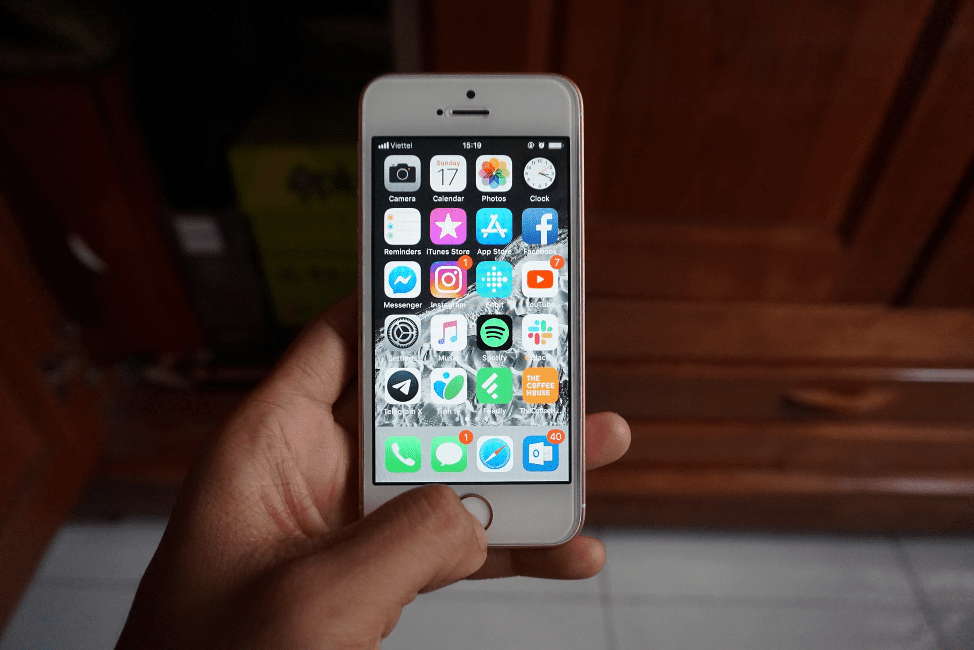Many people who have recently been diagnosed with type 1 diabetes (T1D) wonder when there will be a cure.
While the prospect of a cure has seemed to dangle in front of people with T1D for what seems like an eternity, more researchers now believe that gene therapy could finally, one day - one day soon, even - be the elusive "cure."
Today, we will explain what gene therapy is, how it differs from gene editing, and how gene therapy could potentially be the cure for type 1 diabetes, benefiting millions of people worldwide.

Pavel/Pexels | It seems like a cure might be around the corner after all
What is gene editing?
Gene editing, which differs slightly from gene therapy, could be one potential "one-and-done" therapy for T1D.
The goal of gene editing is to reprogram your body's DNA, and if you have type 1 diabetes, the goal is to get to the bottom of the autoimmune attack that destroyed your beta cells and caused T1D in the first place.
Gene editing simply removes the bad parts of our DNA in order to avoid conditions like diabetes and to stop the continuous immune response that people with diabetes experience on a daily basis.
CRISPR's gene editing, in collaboration with ViaCyte, is producing insulin-producing islet cells that can evade an autoimmune response.

Edward/Pexels | These technologies and research are constantly evolving and show great promise
What is gene therapy?
Gene therapy focuses on genetically modifying human cells in order to treat or even cure a specific disease. This is accomplished by rebuilding or repairing defective or damaged genetic material in your body.
In the United States, this advanced technology is still in the early stages of clinical trials for treating diabetes. However, it has the potential to treat and cure a variety of other conditions in addition to T1D, such as AIDS, cancer, cystic fibrosis (a disorder that damages your lungs, digestive tract, and other organs), heart disease, and hemophilia (a disorder in which your blood has trouble clotting).
For T1D, gene therapy could take the form of reprogramming alternative cells to perform the functions your original insulin-producing beta cells would otherwise perform.

Pixabay/Pexels | If you have diabetes, this includes the production of insulin
However, the reprogrammed cells would be distinct enough from beta cells that your immune system would not recognize them as "new cells" and attack them, as occurs in the development of T1D.
Bottom Line
Both gene therapy and gene editing hold a lot of promise for people living with T1D who want to be able to live without insulin or immunosuppressant therapy in the future.
Gene therapy research is ongoing, with the goal of reprogramming specific cells in the body to begin producing insulin without inducing an immune response, as in those who develop T1D.
While gene therapy and gene-editing therapy are still in their infancy (and much has been hampered by COVID-19, there is a lot of hope for a T1D cure in the near future.







